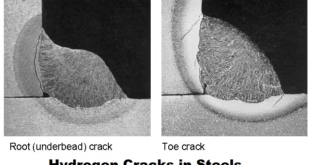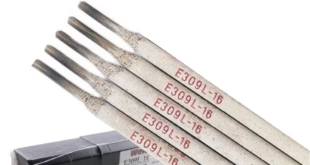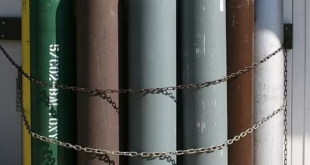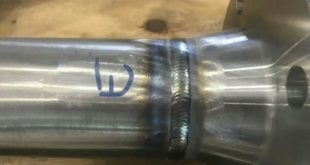4G Welding Position
Introduction
What is the 4G welding position? For those new to welding, this might sound like technical jargon. Simply put, the 4G welding position is one of the many positions welders need to master. It involves welding in a horizontal position, with the axis of the weld perpendicular to the vertical plane. Understanding welding positions, especially the 4G, is crucial for achieving high-quality welds and advancing in the welding field.
Overview of Welding Positions
Welding positions are standardized ways to approach and execute welds, ensuring consistency and quality across different projects. The most common positions include:
- 1G (Flat Position): The easiest position where the weld is performed on the upper side of the joint.
- 2G (Horizontal Position): Welding is done on a vertical surface.
- 3G (Vertical Position): Welding in an upward or downward direction on a vertical plane.
- 4G (Overhead Position): Welding from the underside of the joint, typically the most challenging due to gravity’s impact.
- 5G (Horizontal Fixed Position): Welding a pipe fixed horizontally, requiring the welder to move around the pipe.
- 6G (Inclined Fixed Position): Welding a pipe fixed at a 45-degree angle, the most complex position due to its varied angles and planes.
Each position requires different skills and techniques, making it essential for welders to understand their distinctions and applications.
Understanding the 4G Position
The 4G welding position, also known as the overhead position, involves welding on a horizontal axis with the weld bead facing upwards. This position is particularly challenging due to the influence of gravity on the molten metal. It is commonly used in structural welding where joints are located overhead.
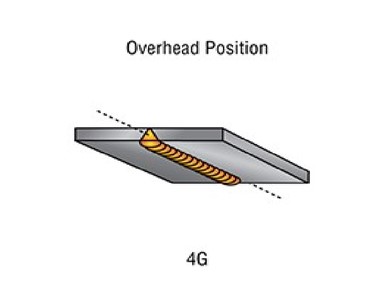
Welding in the 4G position requires specific equipment and tools to ensure precision and safety. This includes a reliable welding machine, appropriate electrodes or filler materials, and protective gear such as welding helmets and gloves.
Typical Applications:
Structural Welding
4G welding is extensively used in structural welding, particularly in constructing buildings, bridges, and other infrastructures where overhead joints are common.
Pipeline Welding
In the pipeline industry, 4G welding is crucial for creating secure joints in pipelines that run overhead. This ensures the integrity and safety of the pipeline system.
Advantages of 4G Welding Position
Enhanced Skill Development: Mastering the 4G position requires high skill and precision, pushing welders to improve their techniques.
Increased Versatility in Welding Jobs: Proficiency in 4G welding opens up more job opportunities, especially in construction and industrial sectors.
Better Understanding of Gravity’s Effect on Weld Pool: Handling the challenges of overhead welding helps welders better control the weld pool and improve overall quality.
Challenges in 4G Welding Position
Difficulty in Maintaining Consistent Weld Quality: Gravity can cause the weld pool to drip, leading to inconsistencies.
Physical Strain and Positioning Challenges: Welding overhead can be physically demanding and uncomfortable, requiring good stamina and positioning skills.
Higher Skill Requirement Compared to Other Positions: The complexity of 4G welding means it requires more experience and training.
Techniques for Mastering 4G Welding Position
Proper Equipment and Setup: Use appropriate welding machines, electrodes, and safety gear. Ensure the workpiece is securely positioned.
Best Practices for Welders: Maintain a steady hand, use short welding passes to control the weld pool, and adjust the welding parameters appropriately.
Tips for Improving Weld Quality: Practice regularly, focus on technique, and seek feedback from experienced welders.
Comparing with Other Positions
1G, 2G, 3G vs. 4G
Each welding position has its own set of challenges and applications. While 1G is the simplest, involving flat welding, 4G is one of the most complex due to the overhead angle. Understanding these differences helps welders choose the right position for specific tasks.
Pros and Cons
Comparing the pros and cons of different welding positions highlights the unique aspects of 4G welding. While it offers strength and versatility, it also demands high skill levels and can be time-consuming.
Common Defects in 4G Welding
Porosity: Ensure proper gas shielding and clean the workpiece thoroughly to avoid contamination.
Undercut: Use the correct travel speed and angle to prevent the weld from cutting into the base metal.
Lack of Fusion: Maintain proper heat input and ensure the electrode is directed at the joint.
Strategies to Prevent Defects:
- Regular equipment maintenance
- Consistent technique and practice
- Proper joint preparation
Safety Measures for 4G Welding
Personal Protective Equipment (PPE): Wear appropriate gear such as helmets, gloves, and protective clothing.
Safe Handling of Welding Tools: Follow manufacturer guidelines and ensure tools are in good condition.
Importance of Proper Ventilation: Welding produces harmful fumes, so always work in well-ventilated areas or use fume extraction systems.
FAQs
What does 4G mean in welding?
4G refers to the overhead welding position where the welder works on a horizontal axis with the weld bead facing upwards.
How does 4G welding differ from 3G welding?
While 4G welding is done overhead, 3G welding is performed on a vertical plane, either in an upward or downward direction.
What industries commonly use 4G welding?
Industries such as construction, shipbuilding, and pipeline maintenance often require 4G welding skills.
How can a welder improve their 4G welding skills?
Regular practice, seeking feedback, and staying updated with new techniques and equipment can help improve 4G welding skills.
What are the most common mistakes in 4G welding?
Common mistakes include improper heat input, incorrect travel speed, and inadequate joint preparation.
Conclusion
Mastering the 4G welding position is a significant milestone for any welder. It not only enhances skill and versatility but also opens up numerous job opportunities. Despite its challenges, with the right techniques and safety measures, welders can achieve high-quality welds in the 4G position. Continuous practice and learning are key to overcoming the hurdles and excelling in this demanding position.
 Welding of Welders All about Welding and Welders
Welding of Welders All about Welding and Welders
